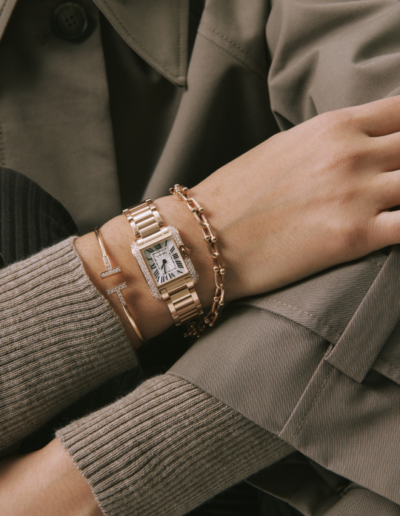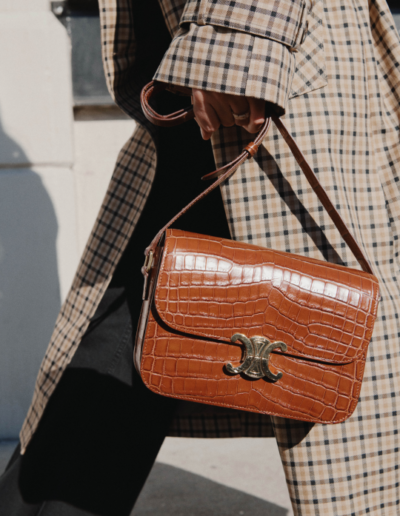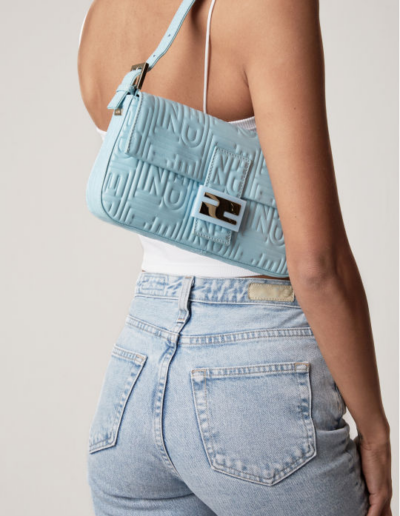KNOWLEDGE
Chloé 101:
a history
By Taylor M. May. 5, 2020

Carefree and effortless: These are the words that truly
capture the essence of Chloé, the French fashion house that revolutionized the business of fashion at the time of its founding by Gaby Aghion. Let’s delve deep into the beginnings of everyone’s favorite ethereal fashion brand, and analyze where they are today.
Chloé’s Birth: The Debut of Prêt-a-Porter
In the 1950’s, the demand for haute couture was higher than it was available. Much like today, tastemakers desired quick access to high fashion, but they were not willing to compromise on quality. At the forefront of prêt-a-porter stood Gaby Aghion, who coined a ready-to-wear concept that encapsulated everything it meant to be a young-and-fabulous French woman. Aghion launched her own fashion house she called Chloé, a new force in luxury fashion.
Gaby Aghion was raised in Alexandria, Egypt and went on to establish her brand after obtaining an education in political science. Upon moving to Paris with her husband in 1945 and finding themselves in the city’s Left Bank social sphere, the couple was surrounded by champions of the arts such as painter Pablo Picasso and poet Paul Eluard. Some years later, Aghion is said to have told her husband, “I’ve got to work… it’s not enough to just eat lunch.” Shortly after, she began plans to open her own fashion label.
With her partner Jacques Lenoir stepping in to handle the business side of things, Aghion was able to focus her efforts on design. In introducing one of the most aesthetically distinct labels of all time, the goal for Chloé was to emulate the mystique of youthfulness and femininity. Her desire was to eliminate the long fitting processes that elite women experienced in couture houses, offering quality fashion to her well-off female friends – without the wait. Aghion selected the name of her new brand in 1952, dedicated to a friend whom she thought to have perfectly embodied this concept of delicate glamour. The silhouettes of her designs were unique in their effortless wearability, which was a refreshing change among the long, rigid skirts and dresses that were common at the time. The first Chloé show took place in the iconic Café de Flore in 1956; soon after, the brand began to flourish.
Impactful Alumni
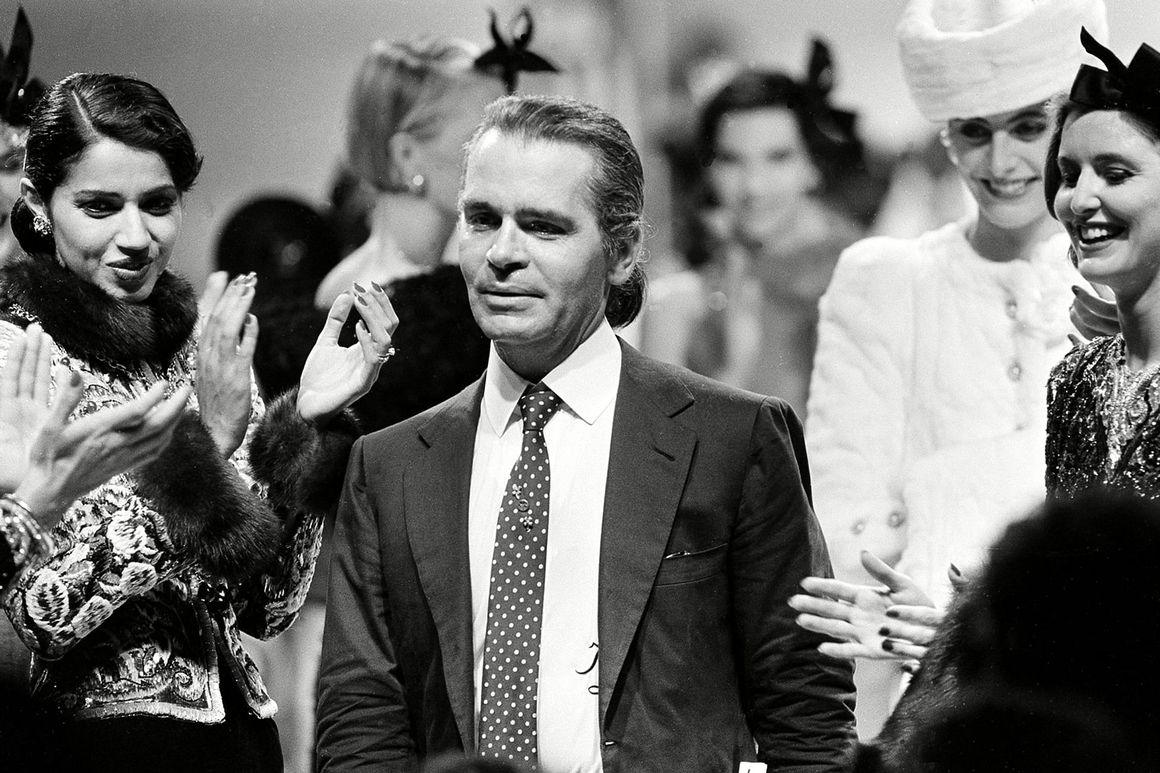
Courtesy of WWD, Jacques Langevin/AP/REX/Shutterstock
Karl Lagerfeld at Chloe in 1973
The whimsical nature of Chloé was further driven by Karl Lagerfeld. Working under Aghion from a young age, Lagerfeld was appointed creative director in 1966. His creations featured billowing shirts paired with flowy skirts, elevating the bohemian style of the sixties and seventies to meet high-end. The clothing he sent down the runway had a magical ebb and flow which went on to form Chloé’s identity today. Lagerfeld resigned in 1983 and Aghion retired shortly after, but made a point to stay involved for many years.
The brand’s popularity only seemed to grow as Martine Sitbon took over as creative director in 1987. A key contribution that she made to the brand was a slew of ad campaigns, featuring Christy Turlington and Claudia Schiffer, among other famous female figures. With these starlets as the faces of the Chloé look, it became clear that the brand was going to gain a cult following. Every girl would want to be a Chloé Girl.
The playfulness and youthfulness of Aghion’s ideals left an impression on the brand’s next creative director: Stella McCartney, the ambitious, twenty-something daughter of Beatles member, Sir Paul McCartney. Born into the arts, McCartney was destined for grand creativity, and set out to become a designer after graduating from Central Saint Martins College of Art & Design. Immersed in youth culture herself, McCartney’s friends Kate Moss and Naomi Campbell modeled in her final collection for school. McCartney’s time at Chloé began in 1997, and was marked by a new take on provocativity that combined girlish charm and sass. One of the long-lasting effects of Stella’s career at Chloé was her application of horse motifs in her designs. The idea has since been implemented throughout the following generations of designers at Chloé, and recently brought back to apparel and handbags in the F/W 2018 collection by Natasha Ramsay.
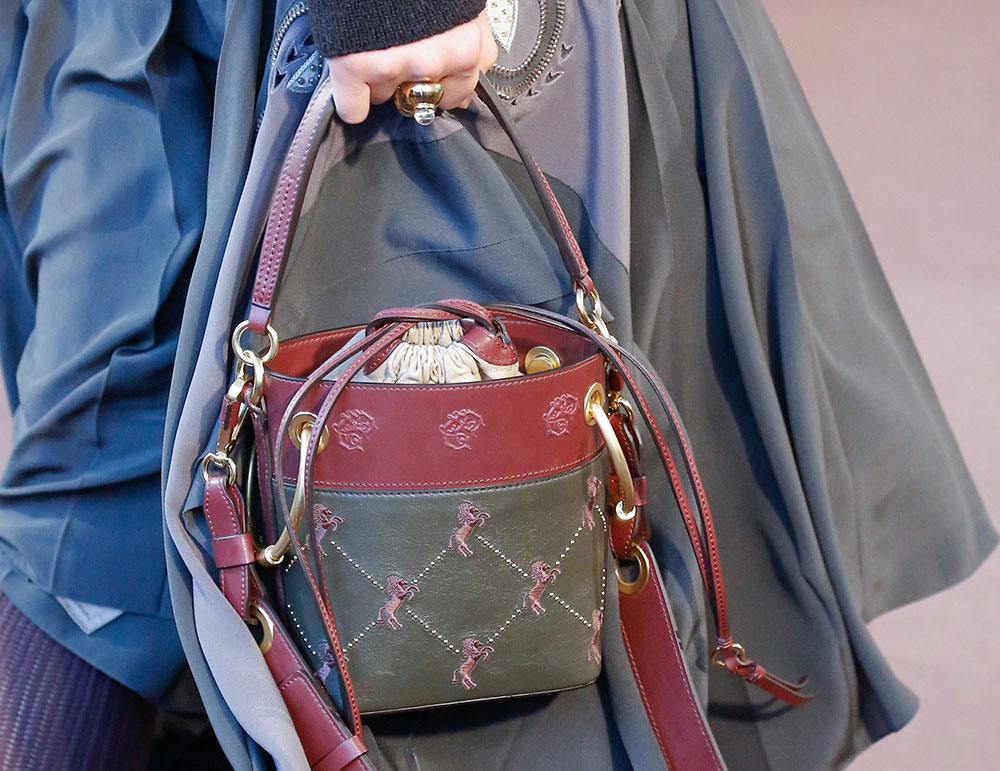
A Chloe Bag with Horse-Motif
Courtesy of Purseblog.com
Phoebe Philo & the First “It” Bag
It wasn’t until 2001 when Stella McCartney appointed her right-hand woman, Phoebe Philo, to creative director that Chloé began to cultivate a strong line of leather goods. Philo introduced the Paddington, a functional bag which featured a rounded, supple shape and a padlock closure. Proving her aptitude for creating enviable handbags, Philo’s design captivated Chloé’s audience, selling out in 2005 before units could even make it into stores. The Paddington was often copied, and an authentic bag required a waitlist for purchase, which was unheard of at the time. Before taking leave from design in 2006, Philo went on to set Chloé’s reputation for innovative handbags that have a ‘sui generis’ quality about them. In her absence, Paulo Melim Andersson took the lead, followed by Hannah Mac Gibbon.
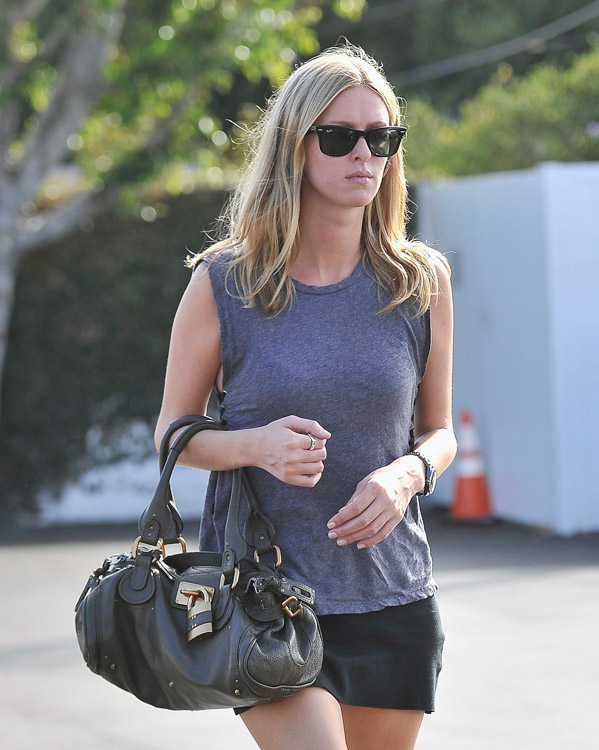
The Paddington on Nicky Hilton
Courtesy of Purseblog.com
More Recently at Chloé
In 2011, Clare Waight Keller was appointed as creative director at Chloé, where she redefined and refreshed the concept of the Chloé Girl. Keller not only rehashed the brand’s bohemian style with flouncy dresses, but also added a sporty tomboy element with tracksuits. Most importantly for us at Rebag, Keller introduced the Drew handbag. The bag itself is a tell-all of Keller’s contributions, pairing a soft leather in a saddle shape – reminiscent of the seventies – with sharp, modern edges. Keller’s career ended with a bang, especially in regards to sales that rocketed sky-high.
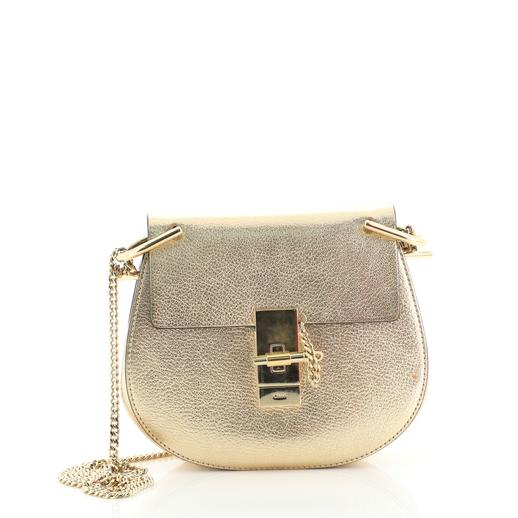
The Drew Bag
Following the end of Keller’s time at Chloé, the present-day creative director, Natasha Ramsay took control of design in 2017. With an exceptional knack for looking both forward and back, Ramsay has already begun to reach into the brand’s storied past to create newness. Natasha circled back to the padlock from the Paddington bag with her Aby Lock. Its shape mimics the padlock itself, and even has a delicate chain with a key. Influenced by her work under Nicholas Ghesquière at Louis Vuitton, we have already begun to see her inject a taste of streetwear and androgyny to Chloé.
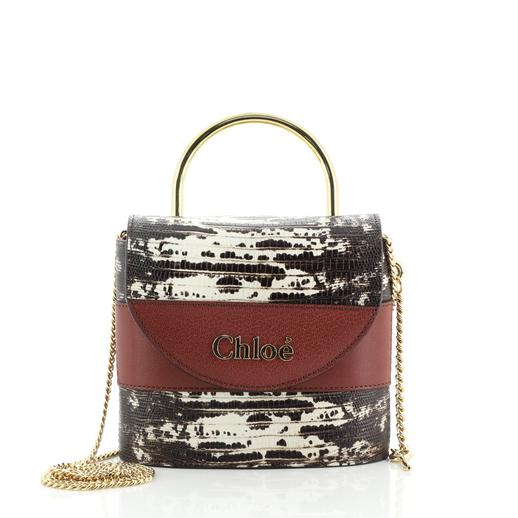
The Aby Lock
With the exception of Karl Lagerfeld, Chloé’s past, present, and future shows a pattern of strong female leadership. Gaby Aghion’s legacy has proven its continued impact on every single designer to come after her, each one carrying on the concept of designs for women, by women. The brand image that was unveiled to the world back in 1956 is still a captivating spirit that young women gravitate towards, even to this day.

